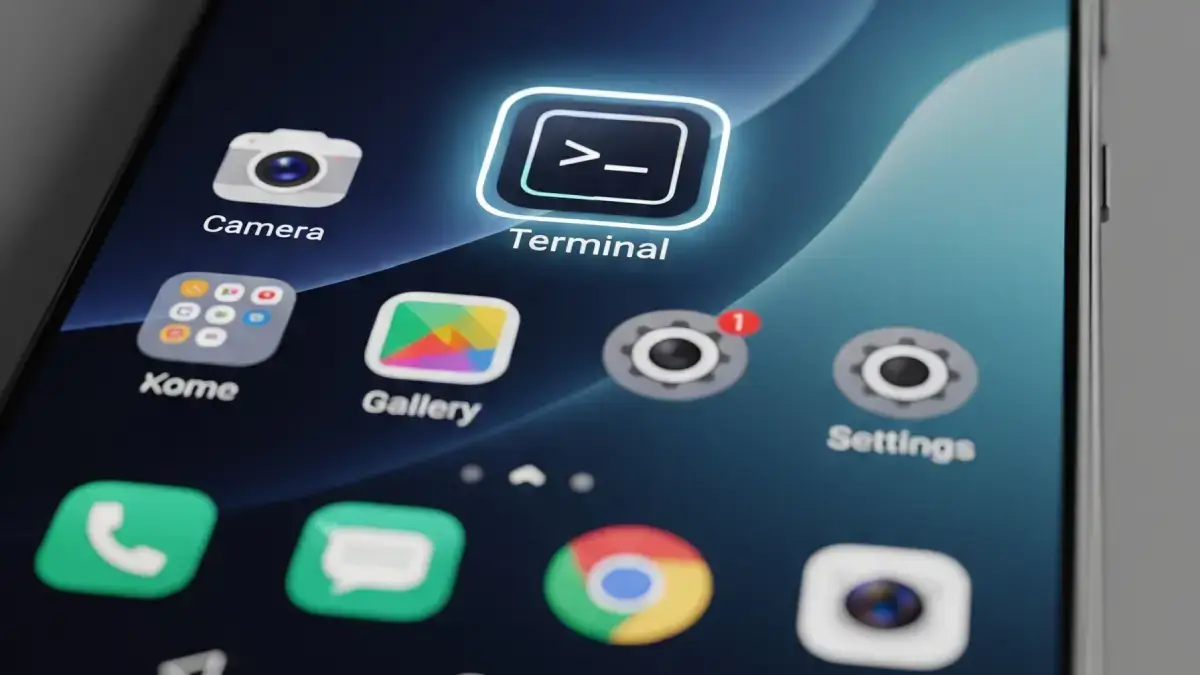Google recently added a Terminal application to Android, prompting questions about its role and future. According to comments from a Google engineer, the Terminal’s main goal is to enable more Linux applications and developer tools on Android — not to introduce a competing desktop environment. That distinction shapes how Google plans to integrate Linux functionality while keeping Android’s mobile-first experience intact.
What the Terminal app is for
The Terminal provides a way for Linux apps, tools and certain games to run on Android devices. Rather than turning phones into full desktop computers, Google intends the Terminal to be a runtime and toolchain that lets Linux software run where appropriate. In short: expect more developer utilities and niche Linux apps, not a second desktop UI layered on top of Android.
No new window manager (for now)
A core point Google emphasized is that the Terminal does not ship with a display manager or windowing system that would mimic a desktop environment. The company believes offering multiple, competing window managers on a single device would be confusing. Instead, UI integration will be controlled and conservative, with individual apps using Android’s UI surface when needed. This approach keeps the platform consistent for typical Android users while opening the door for Linux workloads.
GPU acceleration and future improvements
Google confirmed GPU acceleration work is in progress and targeted for upcoming releases. GPU support is crucial for running graphical Linux apps and games smoothly. While the initial Terminal build is limited — there’s no turnkey “desktop mode” yet — expected updates will improve performance and broaden the range of Linux software that can run acceptably on phones and tablets.
What this means for developers and users
- Developers and power users: The Terminal can make it easier to test native tools, run command-line utilities and, eventually, access a wider range of Linux apps on Android.
- Custom ROM and Linux enthusiasts: Customization options remain possible, but Google’s stance suggests a cautious path — contributions and integrations will be controlled to avoid fragmentation.
- Everyday users: Most will see little immediate change; the Terminal is primarily targeted at developers and specialized users rather than average smartphone customers.
How this ties into Android’s roadmap
The Terminal aligns with Google’s ongoing work to improve compatibility layers and the Android platform’s ability to host different runtime environments (for example, improvements seen in recent Android Beta releases and compatibility projects). While Android will remain a mobile OS at heart, this controlled expansion makes it easier for developers to bring more sophisticated Linux applications to Android devices.
FAQs
-
What is the Android Terminal app for?
Ans. It’s designed to run Linux apps, tools and some games on Android devices — not to provide a full desktop environment.
-
Will the Terminal turn Android into a desktop OS?
Ans. No — Google explicitly said it’s not intended to bring a new desktop UI or multiple window managers to Android.
-
Does the Terminal support graphical apps now?
Ans. Initial builds are limited, but Google has confirmed GPU acceleration work is planned for future releases.
-
Can developers still contribute to how this works?
Ans. Yes — Android remains open source and developers can experiment, but core integration will be controlled by Google.
-
Who benefits most from the Terminal app?
Ans. Developers, power users and hobbyists who need Linux tools or specialized apps on mobile hardware.

